Amoxicillin Trihydrate
2325.0 INR/Kilograms
Product Details:
X
Amoxicillin Trihydrate Price And Quantity
- 25 Kilograms
- 25.00 - 50.00 INR/Kilograms
- 2325.0 INR/Kilograms
Amoxicillin Trihydrate Trade Information
- MUMBAI
- Cash Advance (CA), Cash in Advance (CID)
- 1000 Kilograms Per Day
- 7 Days
- No
- Free samples are available
- DRUM & BAG PACKING
- Asia, Australia, Central America, North America, South America, Eastern Europe, Western Europe, Middle East, Africa
- WE PROVIDES ALL KIND OF CERTIFICATIONS AS YOU REQUIRED
Product Description
Amoxycillin Trihydrate is a generic antibiotic that is often prescribed as Morisot, Biomox, Amoxil, Trimox, Wymox and Dispermox. It is commonly used to treat bacterial infections in the body such as skin infections, gonorrhoea, tooth infections, tonsillitis, ear infections, inflammatory illness of the lung, urinary tract, bronchitis, etc.
Properties:
- CAS No.: 61336-70-7
- Formula: C16H25N3O8S
- Molecular Weight: 419.449 g/mol
- Synonyms: 4-Thia-1-azabicyclo[3.2.0]heptane-2-carboxylicacid, 6-[[(2R)-amino(4-hydroxyphenyl)acetyl]amino]-3,3-dimethyl-7-oxo-,trihydrate, (2S,5R,6R)- (9CI);4-Thia-1-azabicyclo[3.2.0]heptane-2-carboxylicacid, 6-[[amino(4-hydroxyphenyl)acetyl]amino]-3,3-dimethyl-7-oxo-, trihydrate,[2S-[2a,5a,6b(S*)]]-;Alfoxil;Amoksina;Amoxyl;Atoksilin;Demoksil;Largopen;Moksilin;Promoxil;Remoxil;Topramoxin;
- Boiling Point: 743.2 °C at 760 mmHg
- Flash Point: 403.3 °C
- Appearance: White CRYSTALLINE powder
- Parent Compound: amoxicillin (CID 33613)
Active ingredient in Amoxil is amoxicillin (as trihydrate). This medication is in the penicillin family. Amoxicilllin kills the bacteria responsible for these infections. In addition, it can help prevent infections.
Applications Or where it is used:
Penicillin antibiotics, such as amoxicillin, fight bacteria. Numerous types of bacterial infections are treated with amoxicillin, including tonsillitis, pneumonia, bronchitis, and infections of the ear, nose, throat, skin, or urinary tract.
Manufacturing process:
This antibiotic is synthesized by combining p-hydroxyphenyl glycine methyl ester (PHPGME) with 6-aminopenicillanic acid (6-APA). Two side reactions occur: p-hydroxyphenyl glycine (PHPG) is generated by hydrolysis of PHPGME and 6-APA and PHPG is formed by hydrolysis of amoxicillin
Dosage of usage:
AMOXIL (amoxicillin) should only be used to treat infections proven or strongly suspected to be caused by bacteria to prevent the development of drug-resistant bacteria and to maintain its effectiveness. Antibacterial therapy should be selected or modified based on culture and susceptibility information. In the absence of such data, local epidemiology and susceptibility patterns may assist with empiric selection of therapies.
Side effects:
- Serious side effects caused by this medication include:
- Hives
- Fever
- Difficulty breathing
- Swelling (face, lips, tongue, or throat)
- Sore throat
- Skin pain
- Red or purple skin rash severe stomach pain
- Burning eyes
- Watery or bloody Diarrhea
The symptoms listed above require immediate medical attention.
Warnings and precautions while using this product
Patients on penicillin therapy, including amoxicillin, can experience severe and sometimes fatal hypersensitivity reactions (anaphylactic). Anaphylaxis is more common following parenteral therapy than oral penicillin therapy. Those who have a history of penicillin hypersensitivity and/or multiple allergies are more likely to experience these reactions. It has been reported that people with a history of penicillin hypersensitivity have experienced severe reactions when given cephalosporins. Before beginning therapy with AMOXIL, it is important to ask whether there have been any earlier reactions to penicillins, cephalosporins, or other allergens.
Tell us about your requirement

Price:
Quantity
Select Unit
- 50
- 100
- 200
- 250
- 500
- 1000+
Additional detail
Mobile number
Email


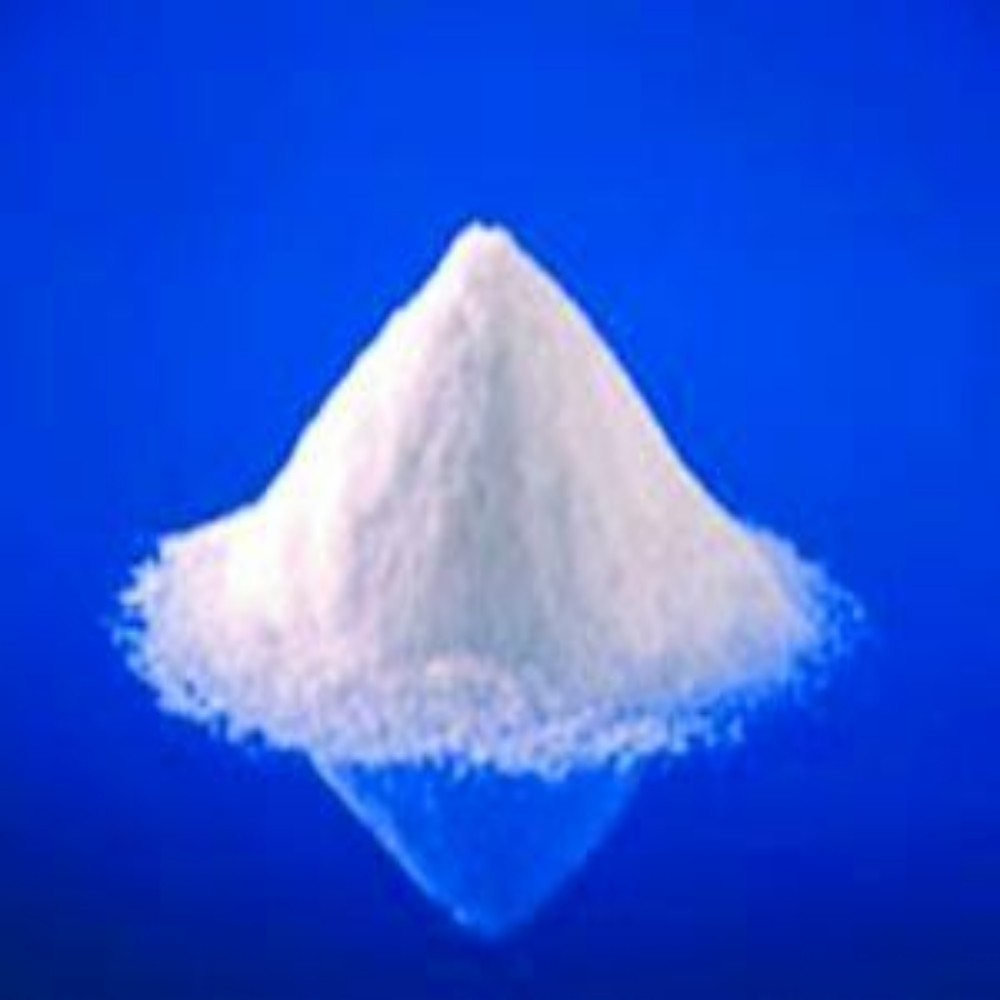
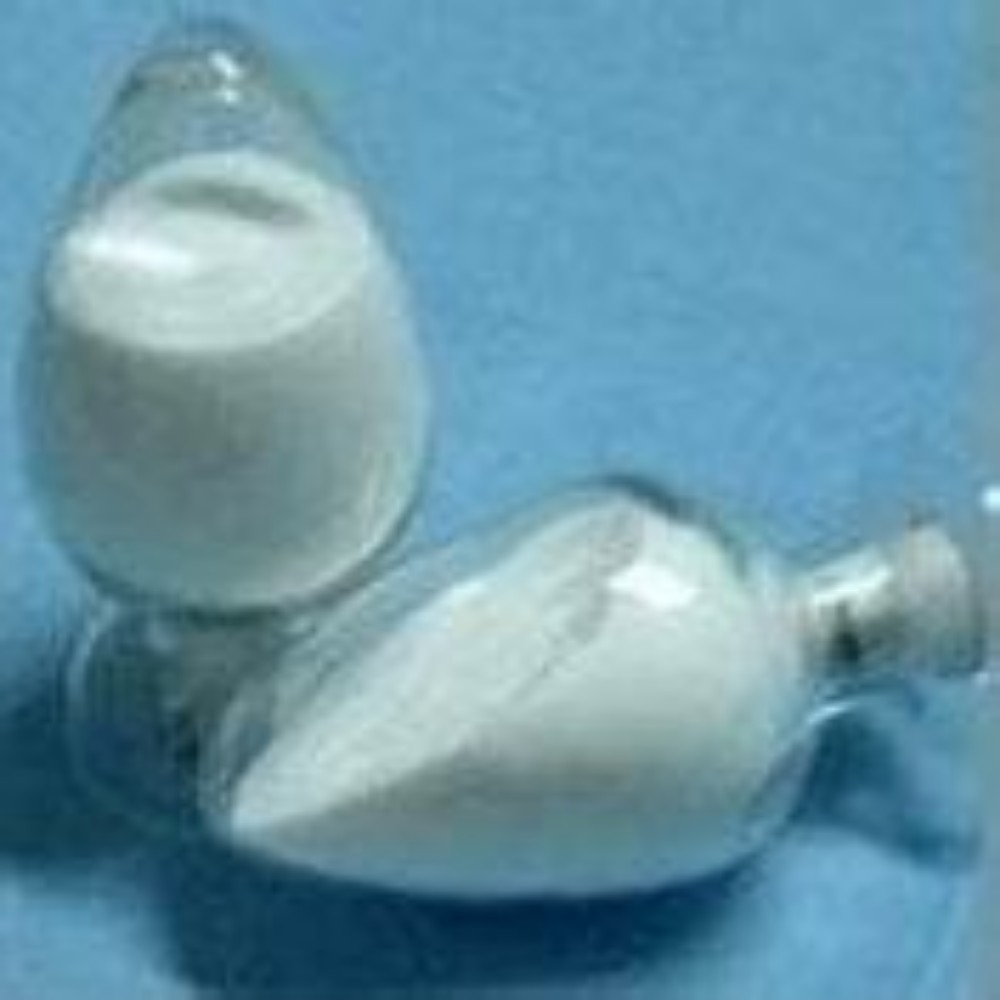





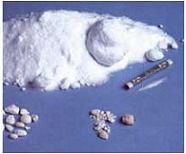
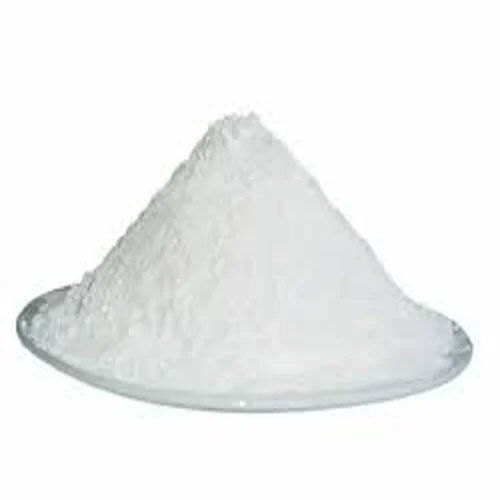
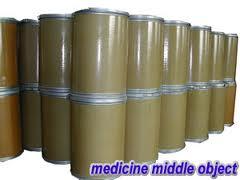

 : nilesh.sheth70
: nilesh.sheth70
